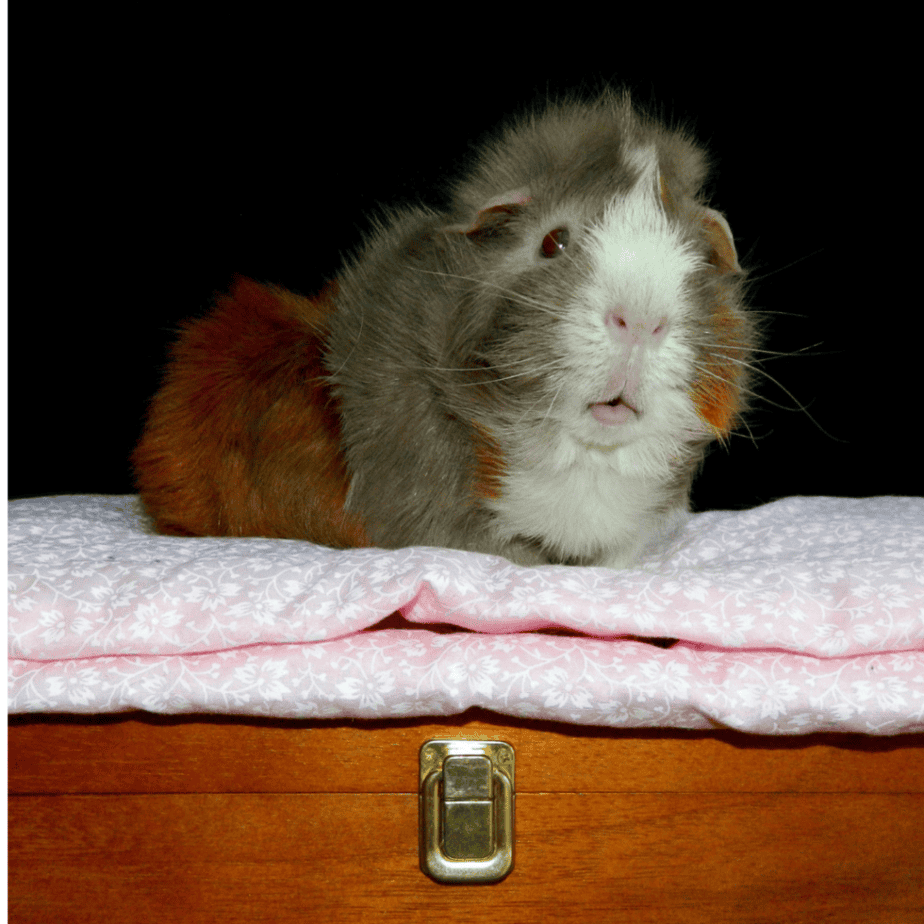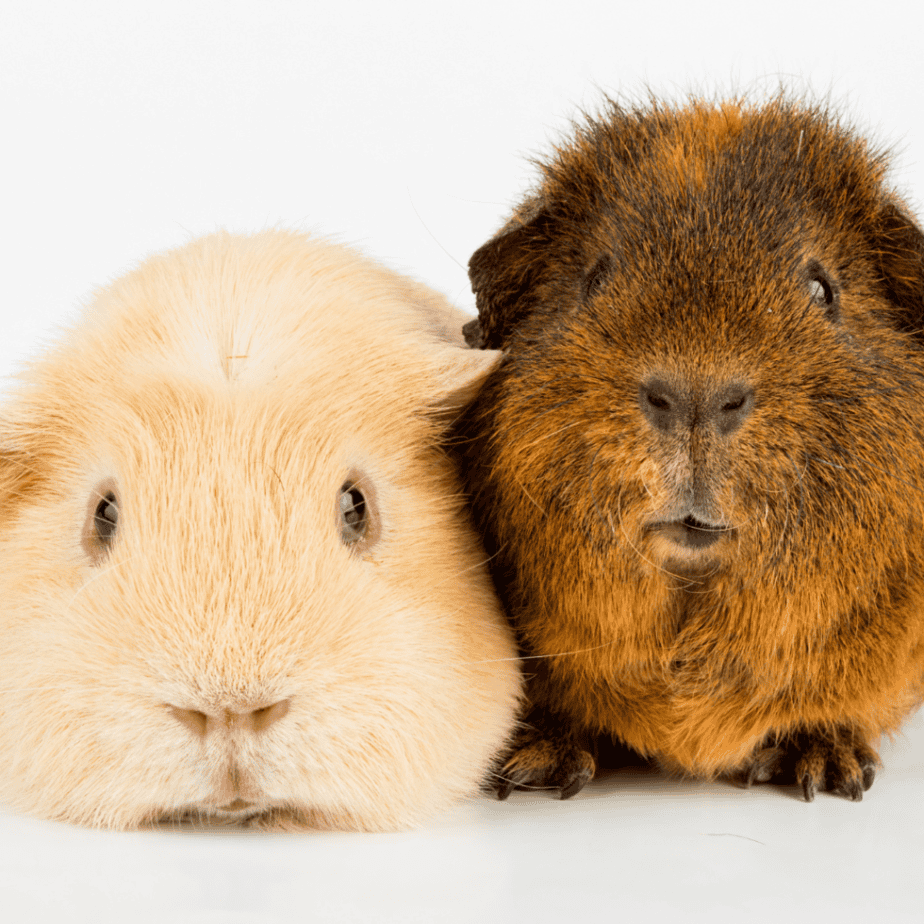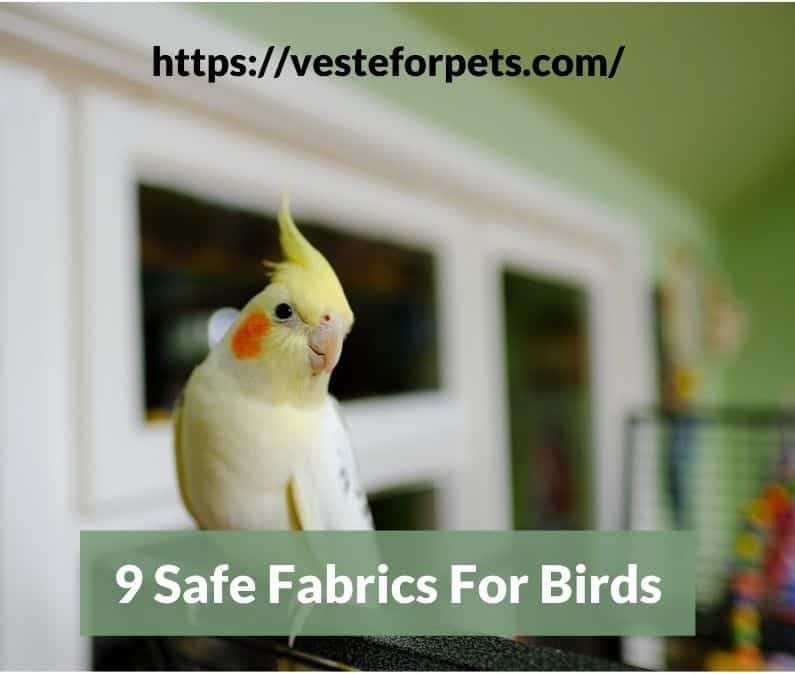Discover if cotton is safe for guinea pigs. Learn about guinea pig clothing, safe fabrics, and materials for guinea pig bedding and care.
Have you ever wondered if cotton is safe for your guinea pig? Many pet parents ask this question, especially when considering bedding or clothing for their guinea pigs. Cotton is a popular fabric due to its softness and breathability, but is it suitable for guinea pigs? In this article, we’ll dive into the safety of cotton for guinea pigs, exploring both clothing and bedding options to ensure your pet stays healthy and comfortable.
Cotton for Guinea Pig Bedding: Soft, But Not Always Best

Let’s look at cotton bedding for guinea pigs. It’s soft, it’s fluffy, and it looks cozy. But is it the best choice for our little furry friends? Like most things in guinea pig care, it’s a bit of a mixed bag.
First off, Iet’s admit, there’s something undeniably appealing about cotton bedding. We all use it, or, at least have bedding or cotton clothing. It feels soft to touch and its used in different weather conditions and seasons. Most importantly, cotton is lightweight, breathable and easily available for purchase both online or in shops.
But the main issue we are discussing in this article is… About the use of cotton for guinea pigs and their safety. While we may enjoy and appreciate the benefit from the use of cotton fabric, is it also safe for our Pets? I searched online and on guinea pig pet owners to identify their views and also the experts recommendations on using cotton for guinea pigs, you can read more here. I have done extensive research on the subject, but please do your own research, discuss you your vet and follow their advice to ensure your pet is safe.
While it might feel great to the touch, cotton can have its downsides when it comes to using it for guinea pigs. The RSPCA UK advises to avoid materials that can separate into thin stands to decrease the risk of becoming tangled. According to Vet Help Direct cotton bedding can be very dangerous to your guinea pig as they can eat this material. According to both sites, if ingested ingested, cotton can cause stomach and intestine blockages that can be fatal.
The Guinea Pig Vet explains that cotton is considered a natural material and is more absorbent than synthetic materials but are not as good as fleece liners at absorbing moisture.
Another thing to consider is hygiene. Cotton can be a breeding ground for bacteria if it’s not cleaned regularly. And let’s face it, guinea pigs are messy little creatures! So, while cotton might look pristine when you first put it in, it can deteriorate pretty quickly. Some guinea pigs parents agree with this information as they find that cotton can get wet and cold quickly needing to change the bedding more often.
We can’t tell you if you should use or avoid cotton bedding. its is essential to do some research, before deciding on the most appropriate bedding for you guinea pig. For example, you could use a thin layer of cotton on top of a more absorbent material like fleece. This can add a touch of luxury to your guinea pig’s home without compromising their comfort or health. And of course, regular cleaning is a must and monitoring to ensure safety.
Ultimately, the best bedding for your guinea pig will depend on a number of factors, including their age, health, and personal preferences. But by understanding the pros and cons of different materials, you can make an informed decision about what’s best for your furry friend.
Considerations When Choosing Bedding: When selecting bedding for your guinea pig, several factors should be considered
| Absorbency: | The ability to quickly absorb and retain moisture is crucial to prevent wetness and odor. |
| Comfort: | A soft and comfortable bedding material will contribute to your guinea pig’s overall well-being. |
| Hygiene: | Easy cleaning and maintenance are essential for a healthy living environment. |
| Cost: | Consider the long-term cost of bedding, including the price of the material and the frequency of replacement. |
| Environmental Impact: | If eco-friendliness is important to you, choose a biodegradable and sustainably sourced bedding material. |
Safety of Cotton Clothing for Guinea Pigs
While the appeal of dressing up your guinea pig in adorable outfits is undeniable, it’s essential to prioritize your pet’s safety and comfort. Cotton, a common fabric choice for clothing, has both advantages and potential drawbacks when it comes to guinea pig attire.
Benefits of Cotton Clothing for Guinea Pigs
- Softness: Cotton is gentle on the skin, reducing the risk of irritation.
- Breathability: Its ability to allow air to circulate can help prevent overheating.
- Ease of Care: Cotton clothing is generally easy to wash and maintain.

Risks Associated with Cotton Clothing for Guinea Pigs
Despite its positive attributes, cotton clothing poses several potential risks:
- Chewing Hazard: Guinea pigs have a natural inclination to chew. If your guinea pig manages to chew on cotton clothing, they risk ingesting fibers, which can lead to digestive issues, including blockages. In severe cases, this can be life-threatening and may require surgical intervention.
- Overheating: While cotton is breathable, it can still trap heat close to the guinea pig’s body. Overheating can be detrimental to their health, especially in warmer environments.
- Discomfort: Some guinea pigs may find clothing restrictive and uncomfortable. This can lead to stress and behavioral changes.
Guidelines for Dressing Your Guinea Pig in Cotton
If you choose to dress your guinea pig in cotton clothing, consider the following guidelines:
- Close Supervision: Always supervise your guinea pig while they are wearing clothes to minimize the risk of chewing and monitor for signs of discomfort.
- Secure Fit: Ensure the clothing fits properly and securely to reduce the likelihood of it becoming a choking hazard.
- Limited Wear Time: Dress your guinea pig in clothes for short periods only, and remove them when they are unattended.
- Regular Inspection: Check the clothing regularly for signs of wear and tear, such as loose threads, which could be a temptation for your guinea pig to chew.
Ultimately, the decision to dress your guinea pig is a personal one. However, it’s crucial to weigh the potential risks against the benefits and prioritize your pet’s well-being. Many guinea pig parents find that their pets are happiest without any clothing at all.
Choosing the Right Guinea Pig Clothes
While dressing up your guinea pig can be fun, it’s important to choose the right clothing to ensure their comfort and safety. Here are some tips:
Prioritize Comfort and Safety
- Size Matters: Ensure the clothing fits properly. It should be snug but not tight, allowing your guinea pig freedom of movement.
- Material Matters: Opt for soft, breathable fabrics like cotton or fleece. Avoid materials that might irritate their skin or cause overheating.
- Check for Hazards: Before putting on any clothing, inspect it for loose threads or small parts that your guinea pig could chew off and ingest.
Consider Your Guinea Pig’s Personality
- Active or Laid-Back: If your guinea pig is energetic, avoid restrictive clothing that might hinder their movement.
- Sensitive Skin: For guinea pigs with sensitive skin, choose soft, hypoallergenic materials.
- Chewing Habits: If your guinea pig is a notorious chewer, consider skipping the clothes altogether or opting for something less tempting.
Dress for the Occasion
- Warmth: In colder weather, a lightweight sweater or jumper can provide extra warmth. However, ensure it’s not too bulky.
- Coolness: Avoid dressing your guinea pig in hot weather. Overheating can be dangerous.
- Special Events: If you’re dressing your guinea pig for a special occasion, keep the outfit short and comfortable.
Remember, not all guinea pigs enjoy wearing clothes. If your guinea pig seems stressed or uncomfortable, it’s best to remove the clothing. Always prioritize your pet’s well-being over fashion. Learn more here.
Conclusion
In conclusion, while cotton can be a comfortable option for guinea pig bedding and clothing, it’s important to consider the potential risks and maintain proper hygiene. Mixing cotton with other materials like fleece or hemp can enhance comfort and safety. Always monitor your guinea pig’s reactions to new fabrics and make adjustments as needed to ensure their health and happiness. Providing a safe and cozy environment for your guinea pig is key to their well-being!
Content Disclaimer
The information contained above is provided for information purposes only. The contents of this Blog article are not intended to amount to advice, and you should not rely on any of the contents of this Blog article. Professional advice should be obtained before taking or refraining from taking any action as a result of the contents of this Blog article. VesteForPets.com disclaims all liability and responsibility arising from any reliance placed on any of the contents of this Blog article.
Copyright Notice
These works are protected by copyright laws and treaties around the world. We grant to you a worldwide, non-exclusive, royalty-free, revocable licence to view these works, to copy and store these works and to print pages of these works for your own personal and non-commercial use. You may not reproduce in any format any part of the works without our prior written consent.
Copyright © 2022 -2024 Veste For Pets
Please Note: This article is for informational purposes only and should not be a substitute for professional veterinary advice. Always consult with a qualified veterinarian before dressing your Guinea Pig.
References






